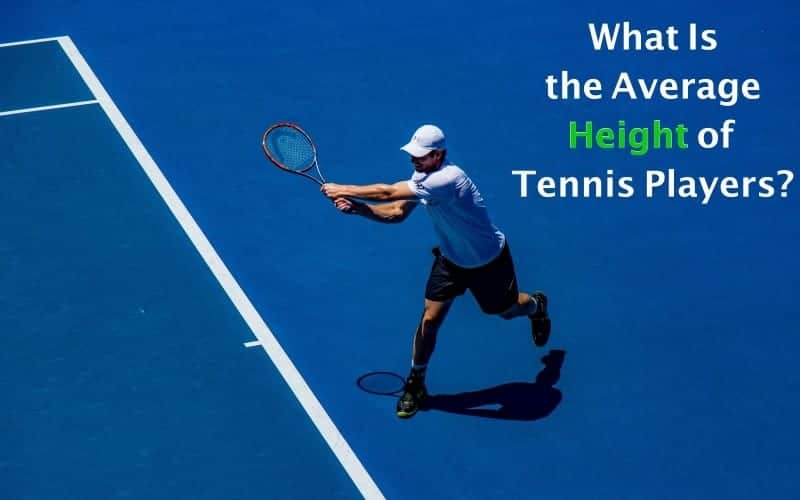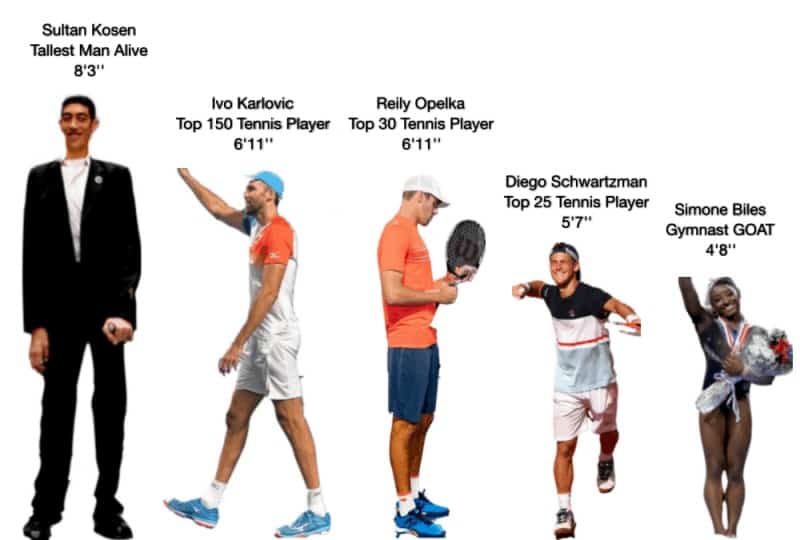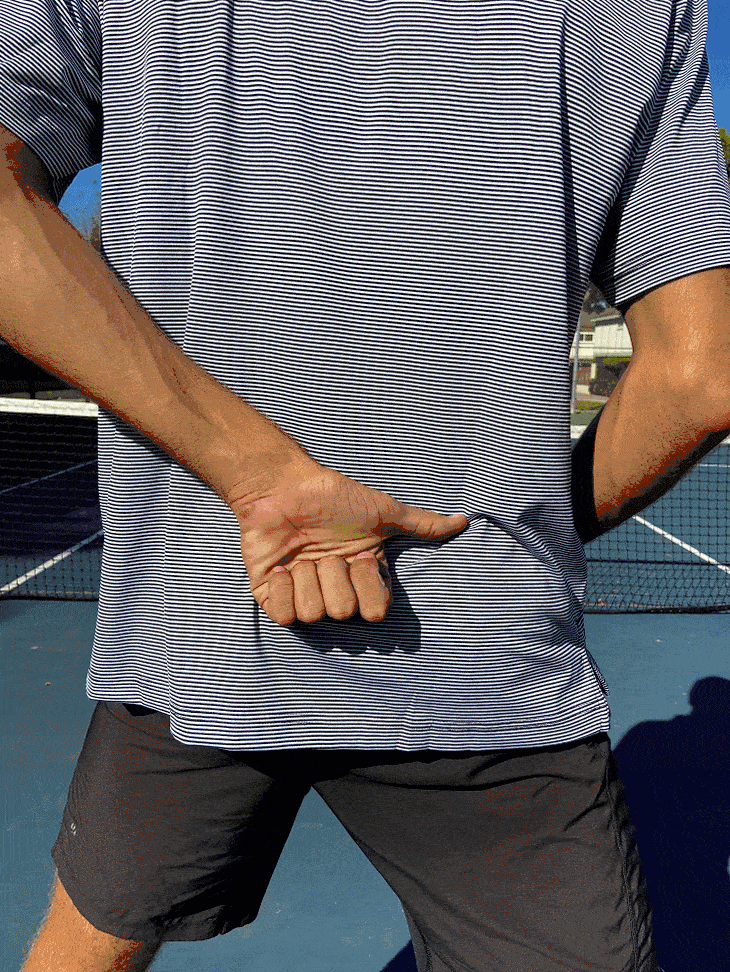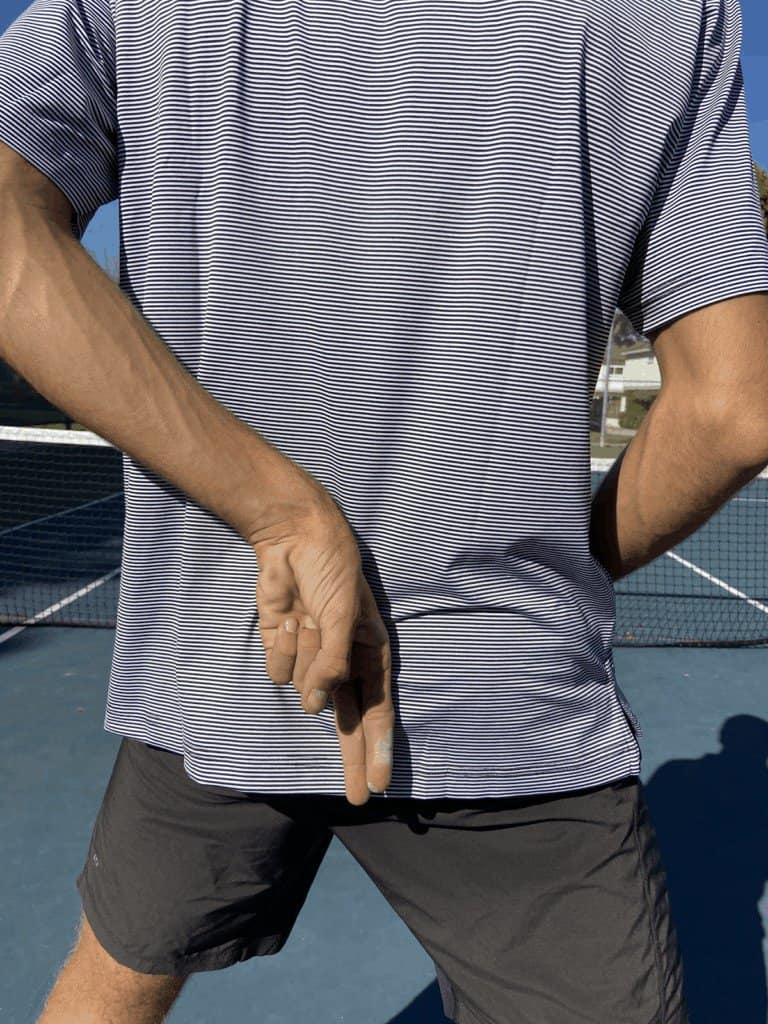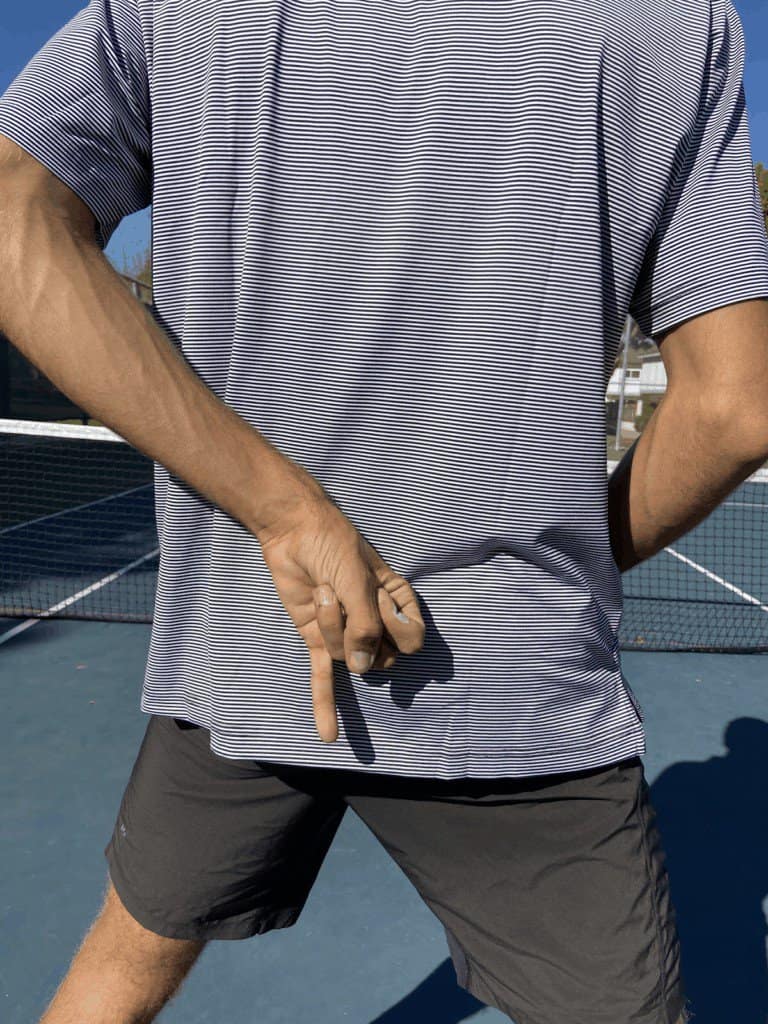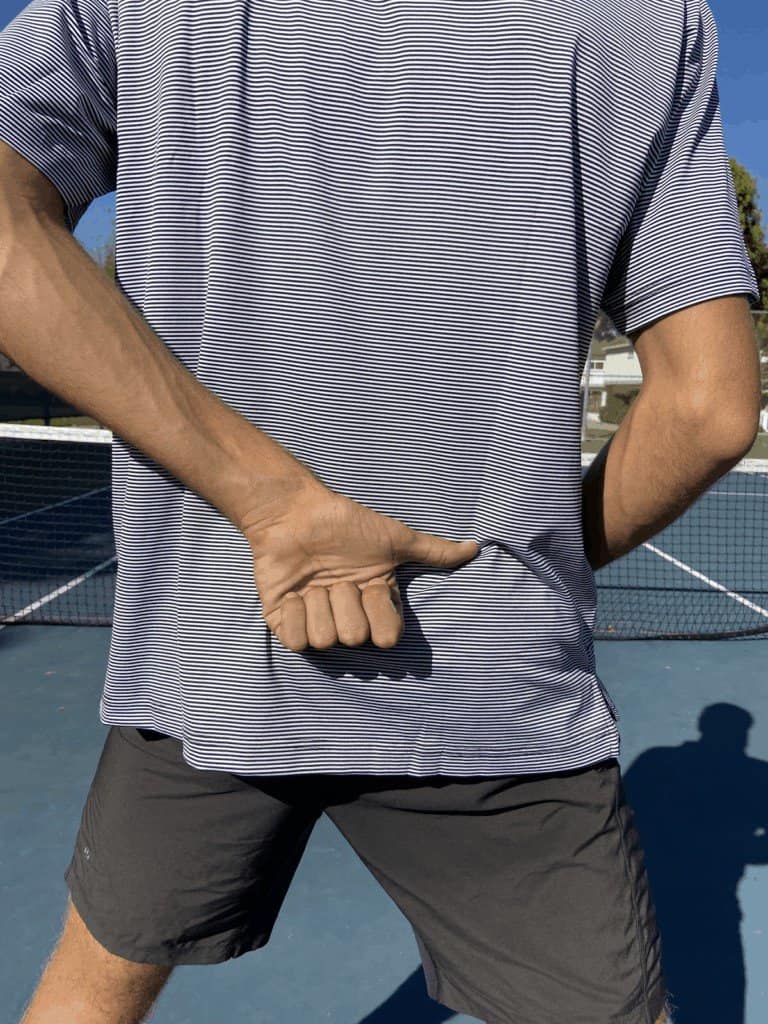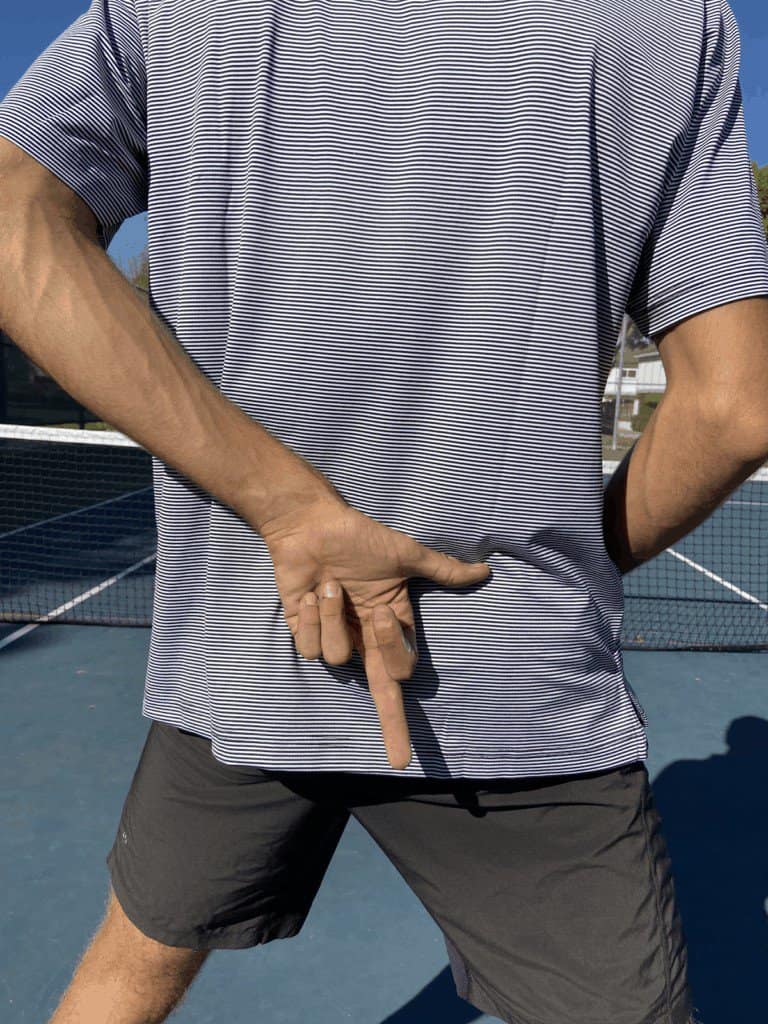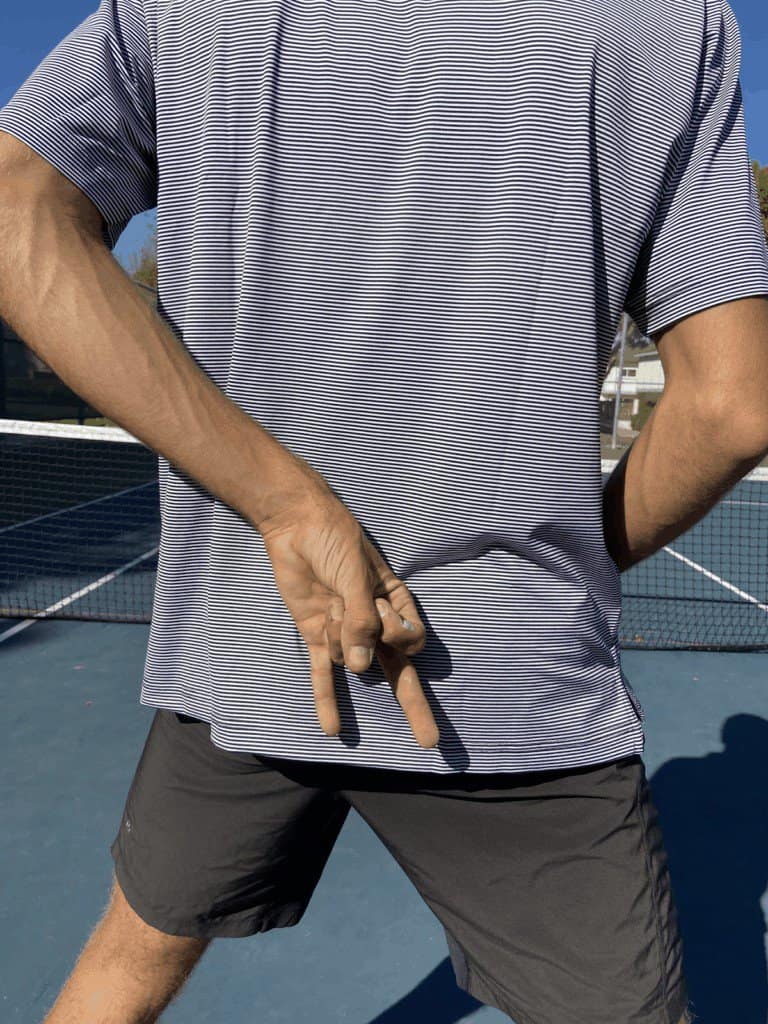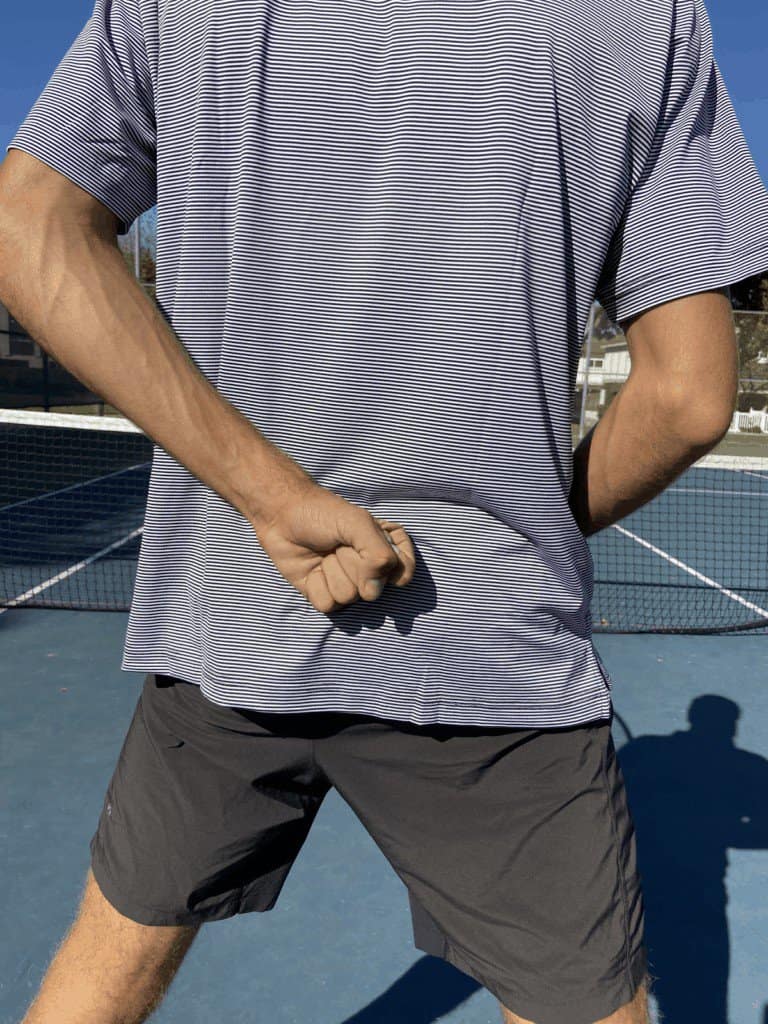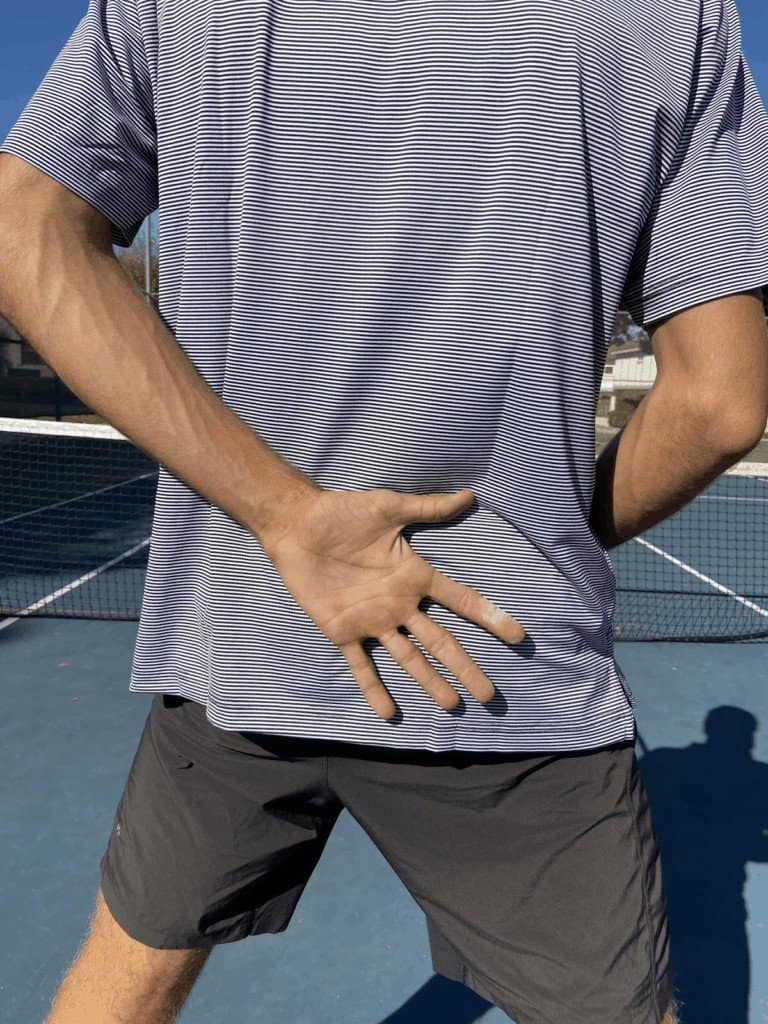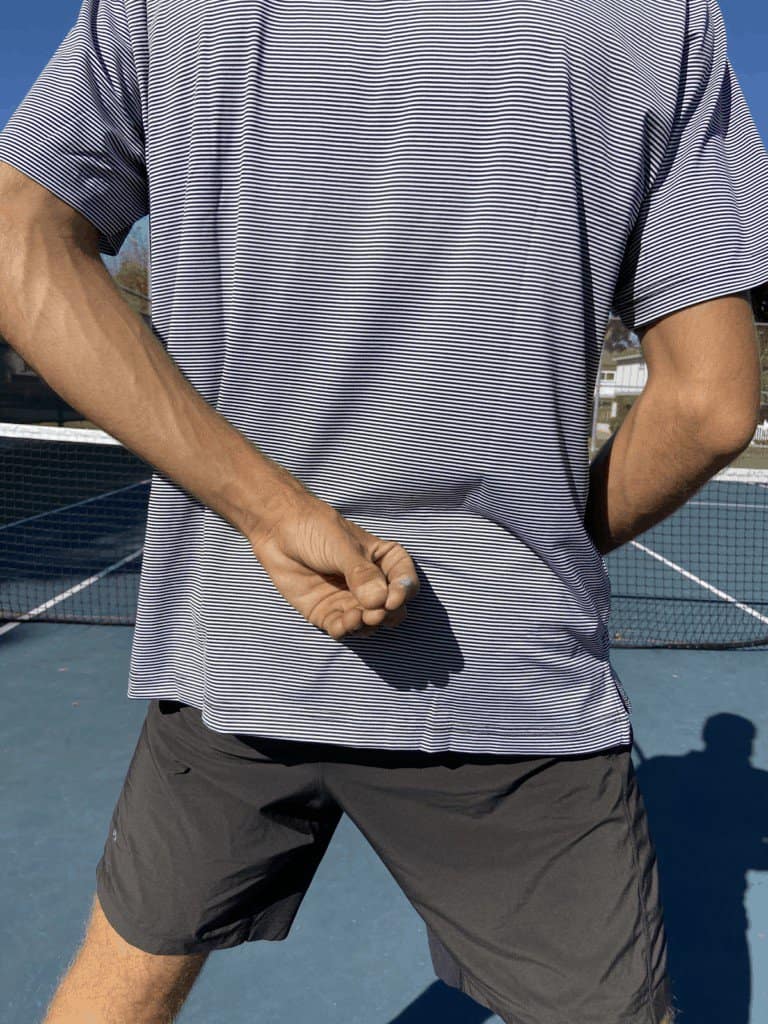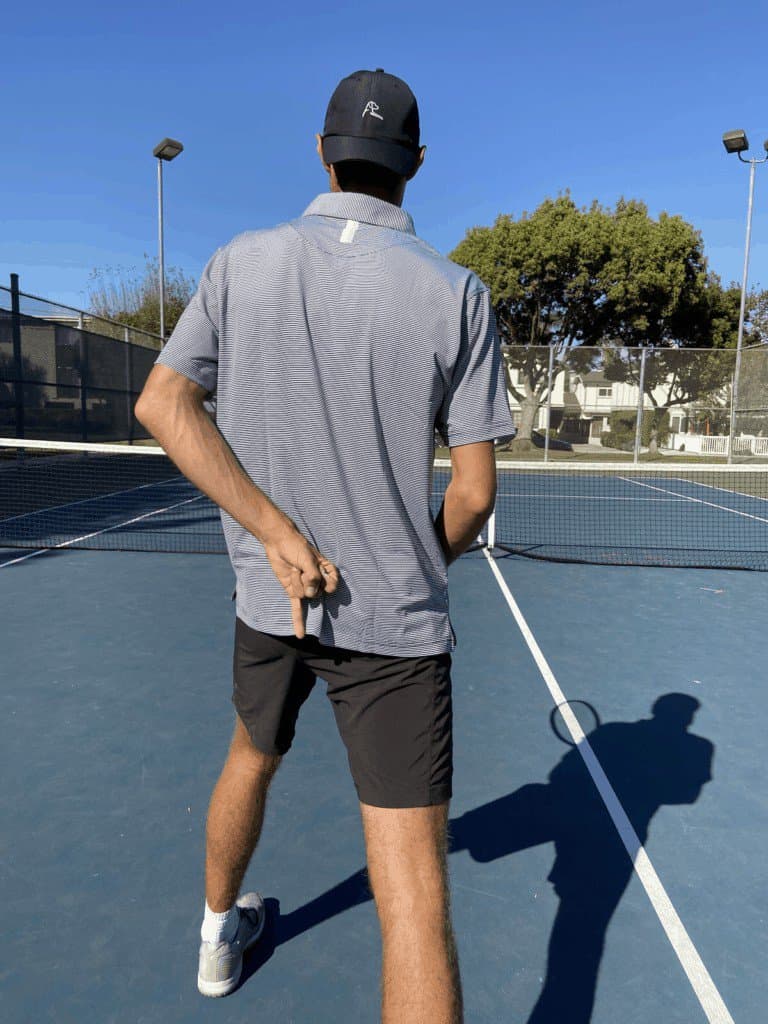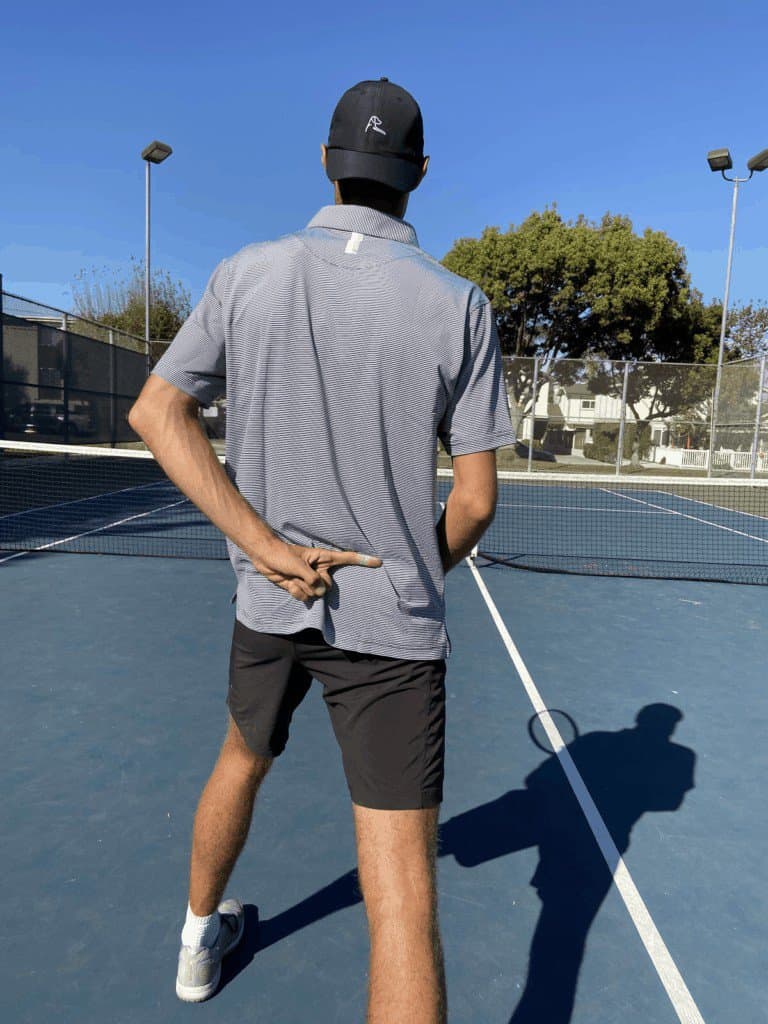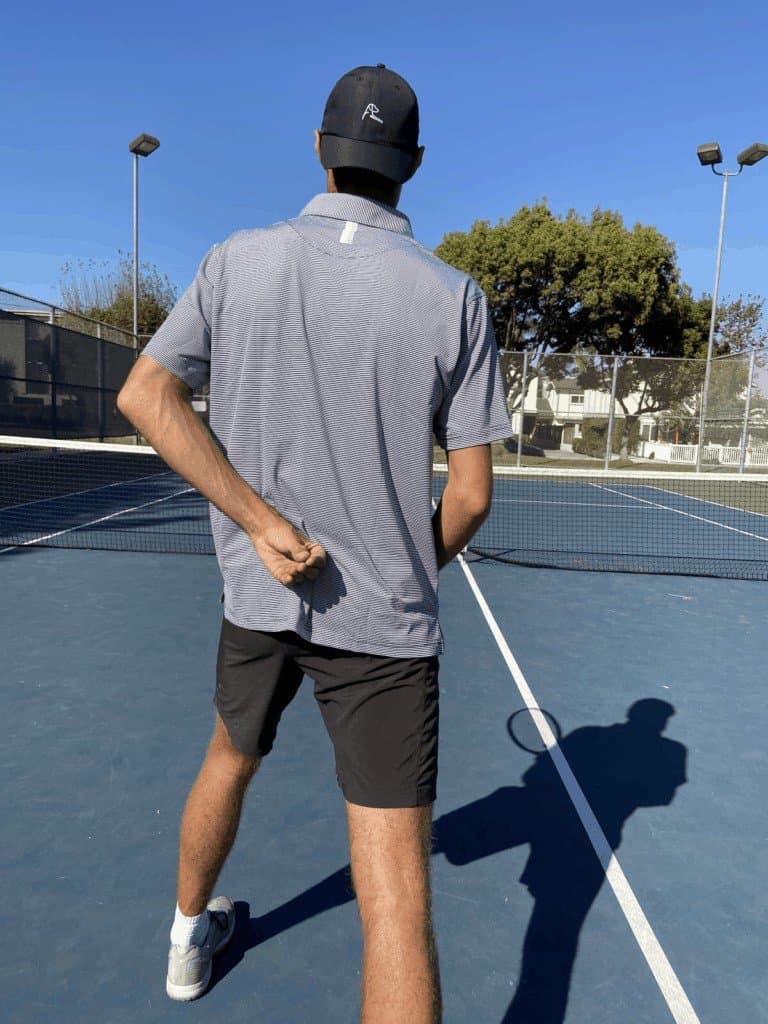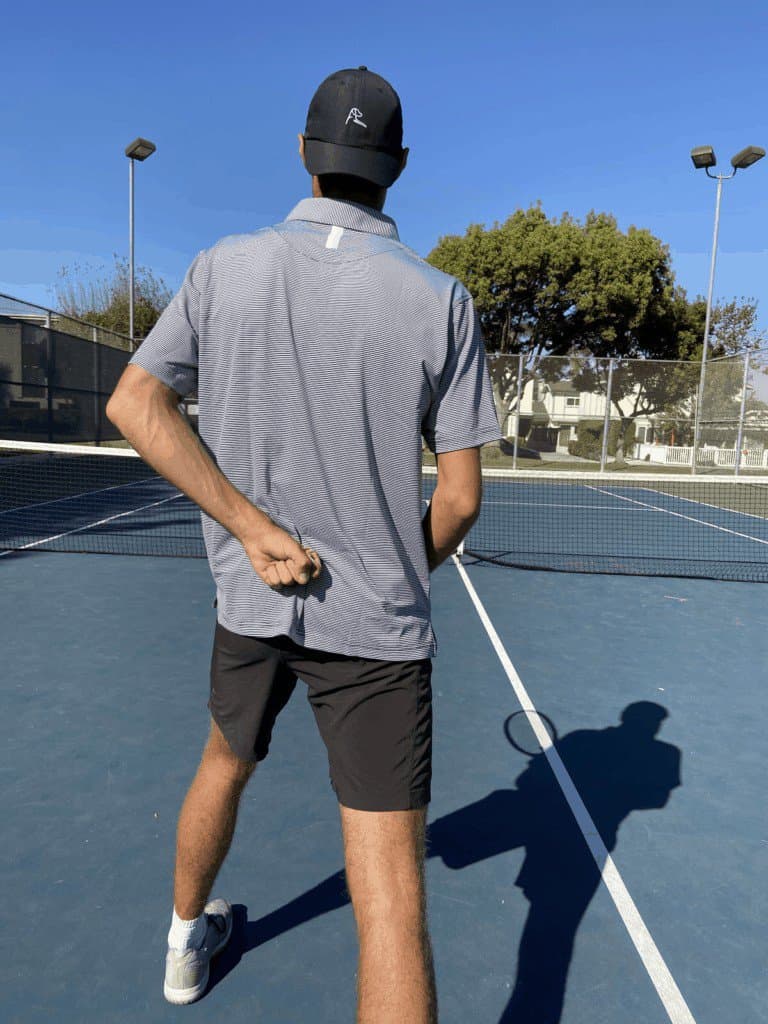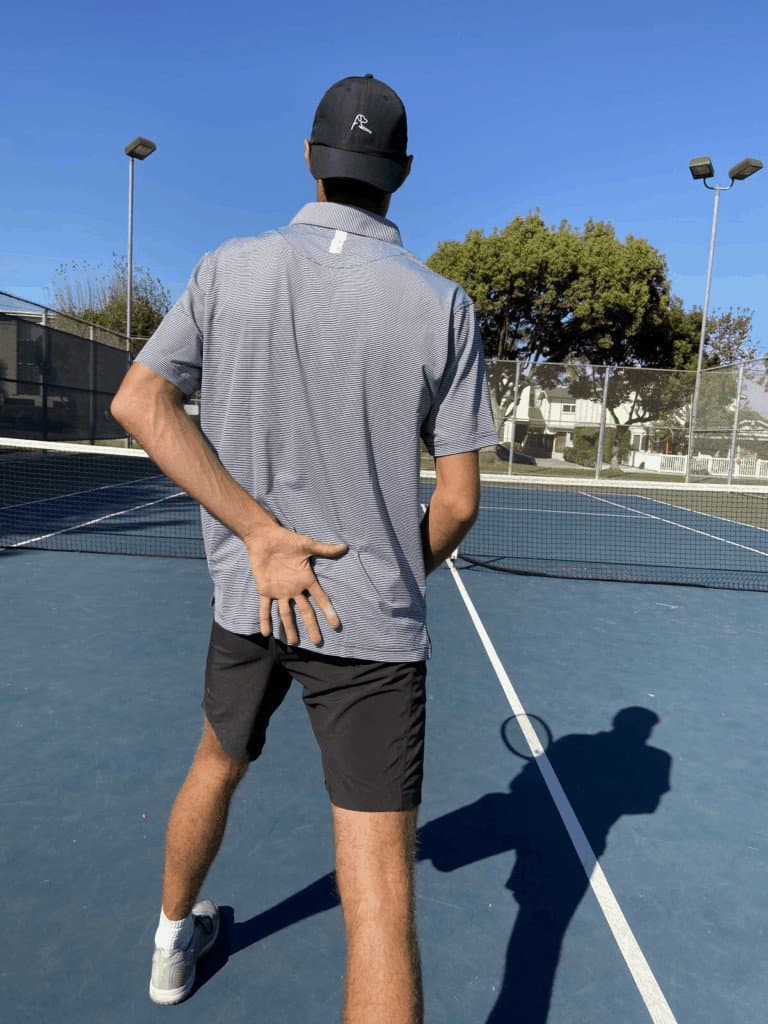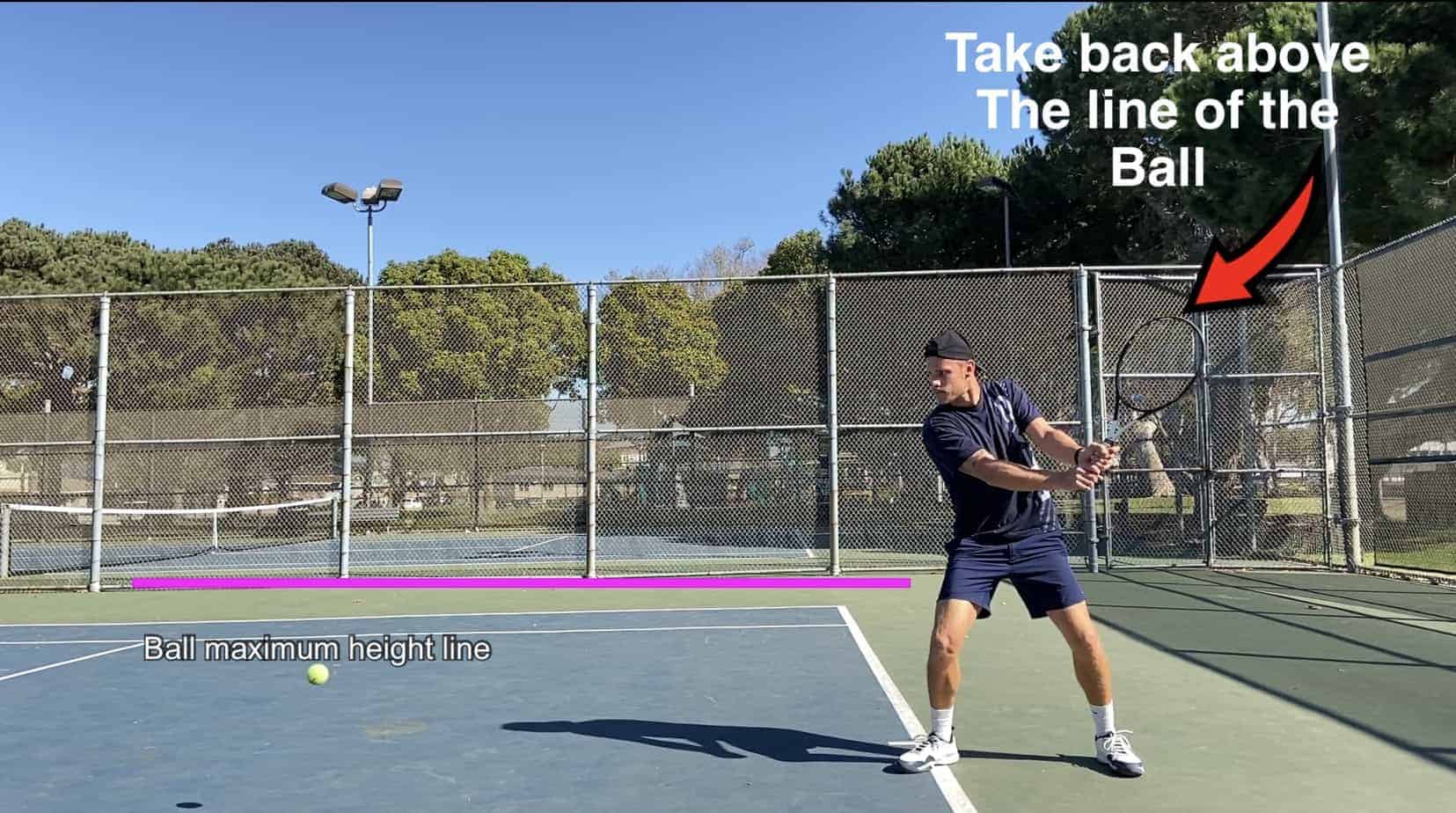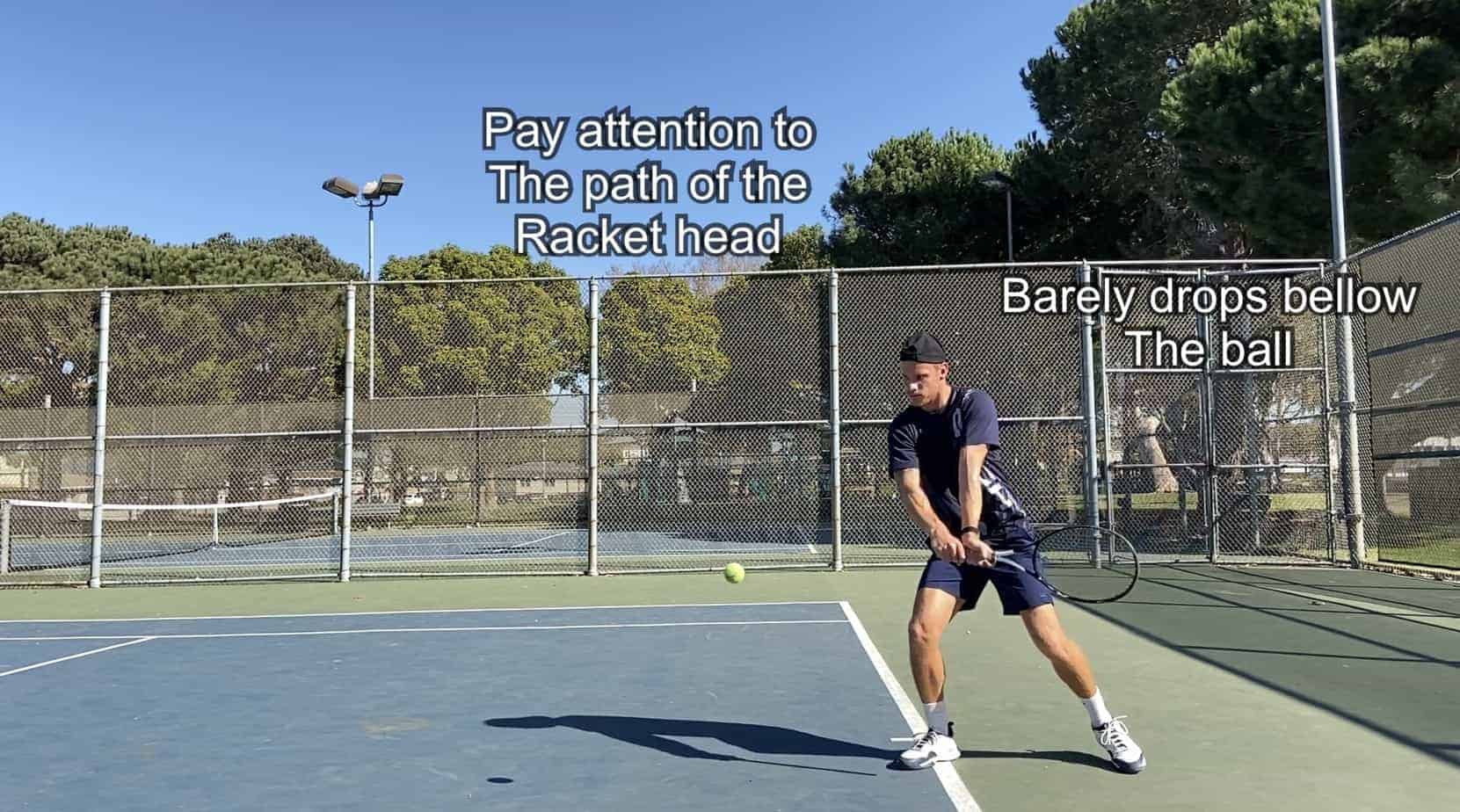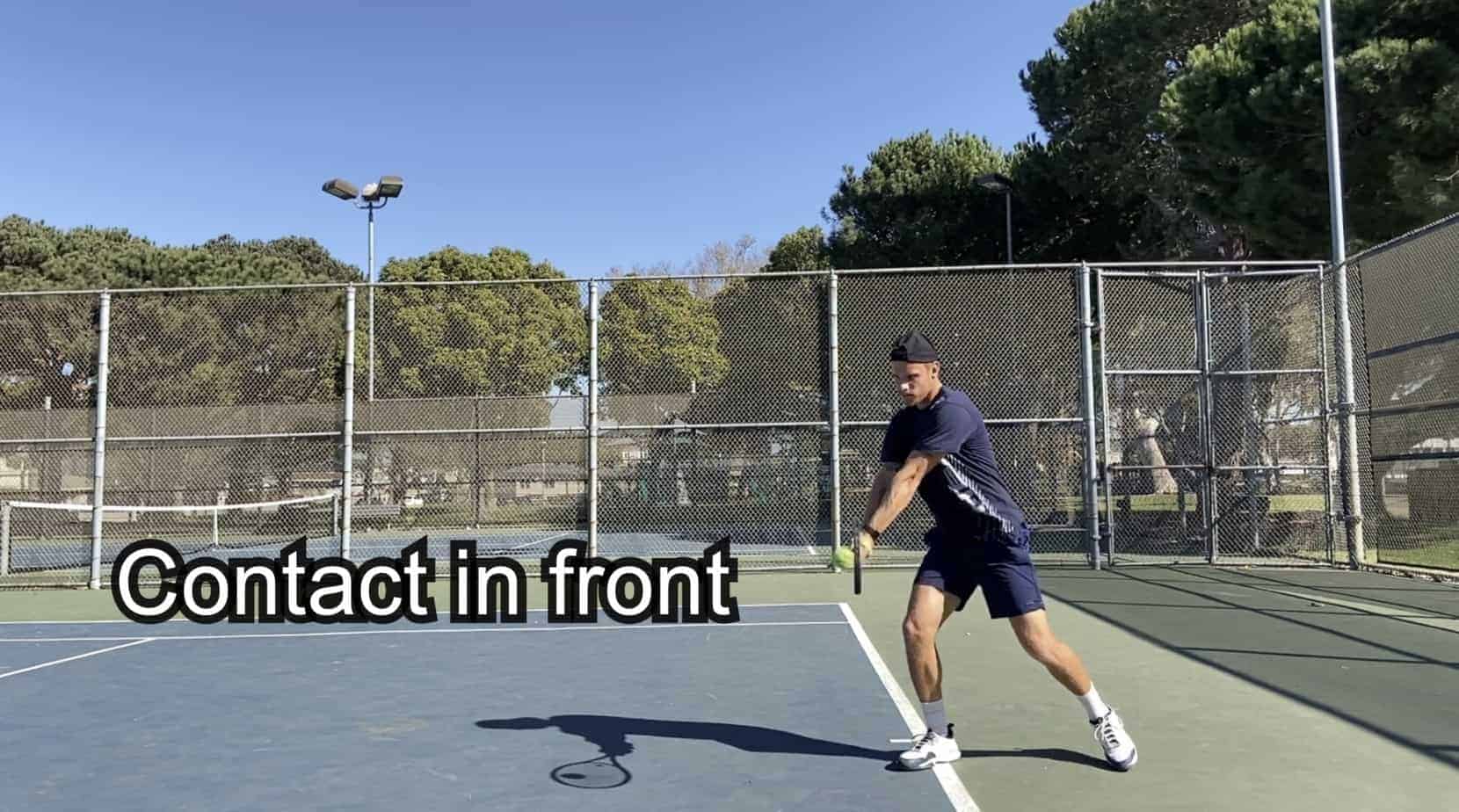For a car to lap around a track at the fastest possible time, what is the most necessary feature it needs to have? Most of us will think about the car’s power (horsepower, torque and so on). While there is no denial that power is massively important, what helps a car shave off a few lap time seconds is how well it is able to break. The ability to continuously accelerate and break equals improved track performance. In tennis, you can be the fastest person in the world but if you are not able to break, you will struggle to become an agile tennis player.
There are several factors that play into how agile an individual can be on a tennis court. In this article I will focus the importance of breaking at the right moments in order to maximize your agility. By improving your ability to properly break, you will have more body control which allows you to move to and from the ball at greater speeds. In addition, it frees you from giving unnecessary steps after you hit a tennis shot, which can only slow you down. Tennis is a sport of sharp movement and quick reactions, there is no time to waste. Let’s take a closer look.
Why is Breaking So Important?
Inside a tennis court, we are constantly accelerating and breaking. Our movement is inconsistent because it is reliant on what our opponent decides to do with the ball; it is not our decision. We can move laterally, forward, diagonally, etc. The only constant movement is that (unless we are moving to the net) we are always trying to move back to the center of the court after we hit a shot. We do so because being close to the center of the court will give us the best chance to be in a good position for our next shot. Now, maybe you are struggling with this. You might be having a hard time recovering back to the middle of the court even though you are a fast player. Your inability to break could be the one to blame.
Learning From the Pros
Federer is without a doubt one of the most efficient and agile players to ever play the game. While there are several other players who might be faster and cover the court a little better (Djokovic and Nadal mainly), Federer’s style of moving is a bit easier to replicate for players of all levels. Federer’s footwork has often been described as “effortless” but it takes a great amount of effort to be able to be as agile as him. If you pay close attention to the video above, you can see how Roger is constantly accelerating and breaking in order to be perfectly positioned for every shot. Watch the video again and observe the following things:
The split step: right after the split step pay attention to how quickly he accelaretes. The first couple of steps after the split steps are the quickest ones.
As he moves towards where he needs to make contact with the ball, watch how he starts to slow down using small adjustment steps. By the time he is at the spot where he wants to hit the ball, he has almost fully stop and will hit the ball with a strong base.
After he finishes the shot he will accelarate back to the middle of the court. Again, like the first couple steps after the split steps, the 2 or 3 steps after he hits the shot are incredibly fast.
Now really pay attention to the split step after he recovered from his shot. Look how he uses it to come to almost a complete stop. What that does is, it restrains his body to have too much momentum in any direction which will allow him to quickly burst to any direction. If you have too much momentum going into a certain direction it will be difficult to control your body. That is the most important part of this whole observation.
What Do You Need To Focus On
In order to slow down at the right moment it is very important that you recognize ultra fast what kinda shot your opponent hit. Is it fast? Slow? Is it going to land short or deep on the court? How wide is it coming? All these questions need to be answered within a split of second in order for you to properly move to the ball.
As you move towards the ball, pay attention to the moment in which you need to start breaking in order to be stable and not moving as you hit. Your goal is to hit the ball without moving (or barely moving).
Make sure you finish your stroke before moving back to the middle. Don’t try to move back as you hit. But at the same time, don’t just wait and watch to see where your ball is going. Get your ass back to the middle of the court.
As you move back to the center of the court (sometimes you won’t have the time to fully go back), the split step will act as your breaks. (Remember what I told you to observe about Federer’s split step?).
Know Your Steps
Tennis is all about repetition. We think a lot about our upper body and tend to neglect our lower body. But a good mover is exceptional at recreating it’s own steps, meaning that he/she will move similarly to every shot. If they see a shot a couple steps to their right, they will more or less give the same amount of steps to and from it every single time they need to hit that shot. The same happens as they move to all other varieties of shots (wide, deep, short, slice). The location which your opponent hits will determine your movement to and from the ball and if you are able to move similarly to the ball every time, you will be much more effective on the court.
Drills That Can Help You
The best way to train your agility is off the court. There are a few very uncomplicated drills you can do (even during your warm up) that can help you improve your breaking prowess.
First Drill: Run the lines
This drill is very simple. You will run the lines from the baseline to the net. Start at the center of the baseline and side shuffle to one of the singles lines (you will repeat this to both sides). Once you reach the singles side line, sprint forward towards the service line. From there, side shuffle towards the center line. As you reach the T line, sprint towards the net. This seems simple but the key here is to make very sharp turns. I have seen a lot of people do this exercise and the majority takes circular turns at the corners (look at the picture below). Be aware of your speed as you reach the edges so you can break accordingly and change directions more efficiently.
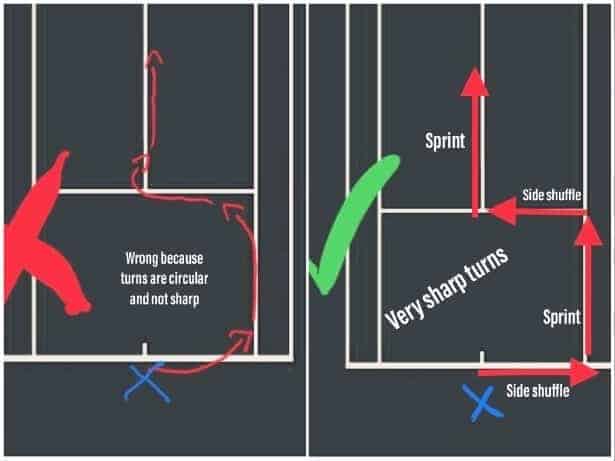
Right Picture – correct way to do it
Side Shuffle and Ball Catch
You will need someone’s help for the second drill. Start at the baseline and side shuffle side to side facing the other side of the court. You don’t need to shuffle all the way to the sideline; give around 4 side shuffles each way. Your friend should be positioned behind you holding a tennis ball. He will toss the ball in front of you at any given moment (ball toss should be catchable but challenging). Your goal is to quickly react and try to catch the ball with one bounce. During your side shuffle, make sure you get low with your legs and stay in control of your body momentum. As soon as your eyes see the ball, react fast and try to catch it. After you do so, return back to the center of the court, take a breath and reset. Repeat it as many times as you feel necessary.
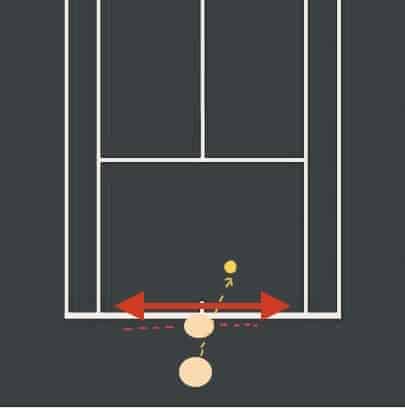
There are several different drills to work on your agility, these two just happen to be my favorite. You can definitely get creative with it and search for more drills. When you do so, however, keep in mind what we focused on today – breaking. Observe the drills attentively to see if it will help you improve your ability to stop and change directions.
Clay Court and Grass Court
Different surfaces require different kinds of breaking. I will write more about moving in on clay and grass courts in the future but let’s take a quick look at some key differences between breaking on clay and grass when compared to hard courts.
Clay Court
On a clay court we often see players break in the form of sliding (we are seeing the same more often on hard courts as well). By perfectly timing a slide, players are able to recover back to the center of the court faster. Take a look at Rafa doing this.
Grass Court
On grass courts it is a bit different. Because the surface is so slippery, sometimes you need to add an extra couple steps after an on the run shot in order to change direction and move back to the middle of the court. This is even more prominent when you have to fully sprint to reach a shot because it is hard to regain traction with the grass court in order to change directions. To solve this issue, it is important to be very low with your legs in order to lower your center of gravity which will make it easier to stop and return back to the center of the court. Take a look
As you can see, moving on different surfaces requires small adjustments but the core steps I mentioned earlier remains the same. Your goal on the court is to move fast to the next ball you will hit as well as moving fast back into the center of the court. You are constantly accelerating and breaking and in order for you to become more agile on the court you need to excel at both.
Conclusion
There are several things we can do to improve our agility on the court. That is why we are creating this series. Becoming more agile inside a tennis court is essential if you want to become a better tennis player. Being able to break is a huge part of this. You can be the fastest person but if you can’t stop at the right moment, you will be doomed to fail on the court. Tennis is a sport of fast reactions and there is no time to waste with unnecessary steps. Next time you step into the court, be sure you are conscious about breaking at the right moment and you will notice you will be in greater control of your body and therefore, more agile.


